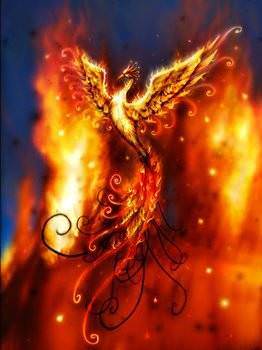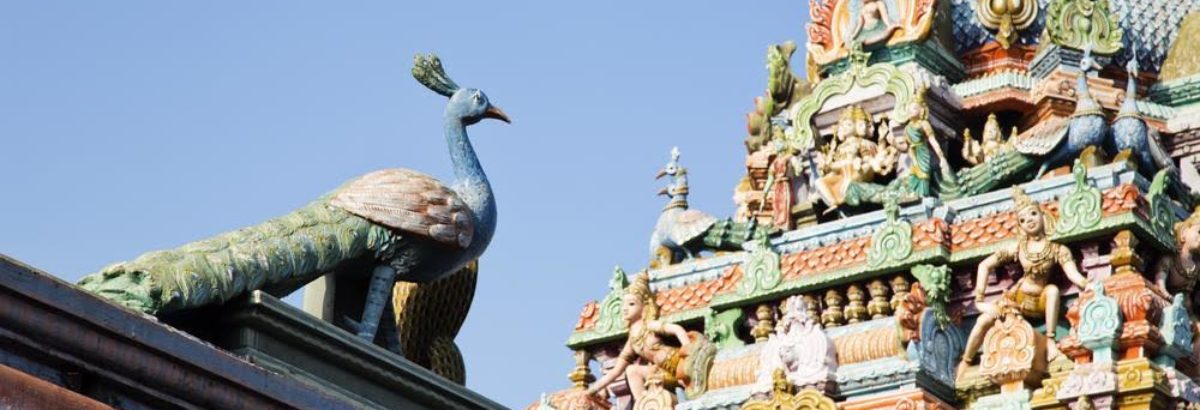STORY OF MUSIKAR OR DIPAK LATA
Indian classical music is believed to be a divine art which originated from Hindu Gods and Goddesses and is known as Naada Brahman.
The traditions most often referred as music is descended from Brahma, brought into vogue by Mahadev and Narada and performed by the great Naiks from time to time. Naiks are Masters of Music.
* It is also quoted that a strange bird called Musikar or Dipak Lata inhabited the Caucasus mountains and its beak and seven apertures through each of these opening he was able to blow a different note, and at different seasons of the year he combined these notes into harmony and produced Ragas congenial to that particular hour of the day and season of the year.
His age was a thousand years and when death drew near he fell into a state of ecstasy, and accumulated a pile of combustibles from his environs, and danced around it in a state of absolute frenzy, playing the various notes and tunes from his beak for a length of time, in harmony with the seasons. When, however, he touched upon the notes of the Raag Deepak+, fire was at once ignited, the pile burnt up, and ultimately he himself plunged into it, and became sati.

After a time an egg was created out of the warm ashes which in due course became a Deepak -Lata.
Therefore, from times immemorial, one bird was born, lives its weird life and in the end turned to ashes; then another and another. The bird is supposed to be extinct now.
This is the strange and fanciful story, handed down to posterity, and which every musician of repute is fond of repeating.
* Reference: Atiya Begum Fyzee Rahaman – History of Indian Music
+ Hindustani Raga.
– Dr.V.Meenakshi Jayakumar
—– to be continued.

